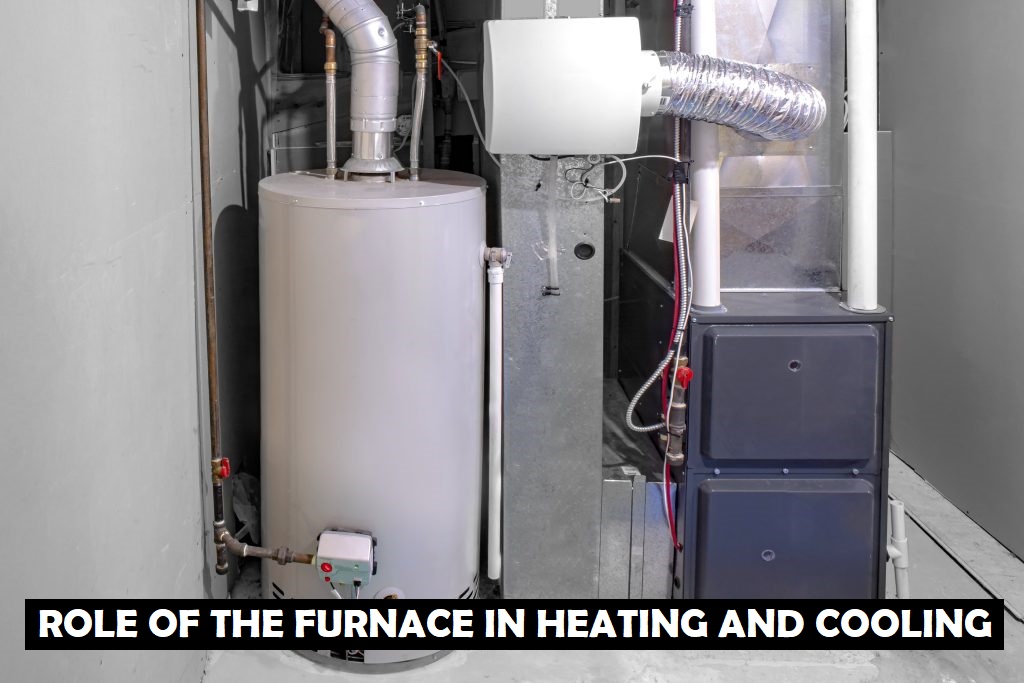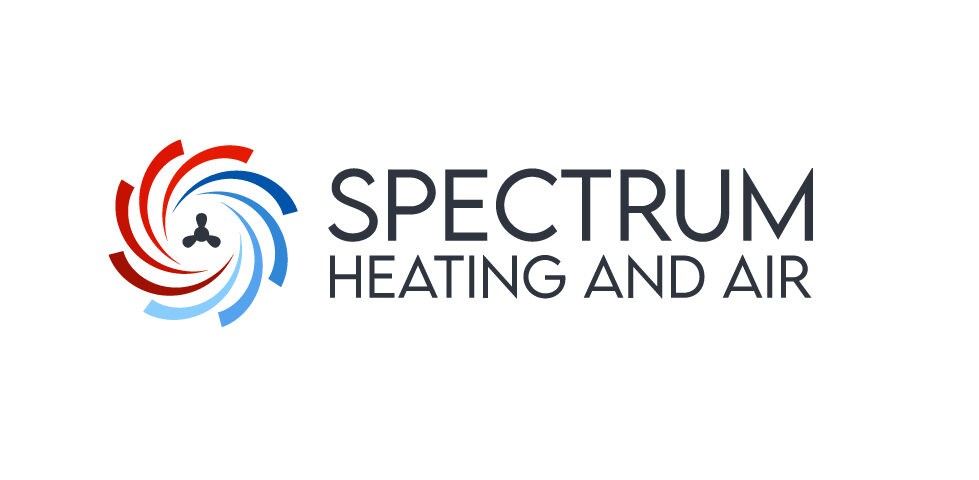When it comes to maintaining the ideal temperature in your home, the furnace stands as a stalwart sentinel. Whether you’re battling the winter’s chill or seeking respite from the sweltering summer heat, a well-operating furnace is your trusted ally. This comprehensive article seeks to unravel the intricate role of the furnace in the context of both heating and cooling systems. We will delve into the inner workings of this essential household appliance, explore the various fuel sources it can use, and understand how it facilitates the regulation of indoor temperatures, all while adhering to the principles of energy efficiency and sustainability.

Understanding the Furnace
The Heart of the Heating System
At its very essence, a furnace serves as the beating heart of a heating system. Its primary function is to generate heat, which is then distributed throughout your home to keep you warm and comfortable during the colder months. The process begins with the ignition of a chosen fuel source, be it natural gas, oil, electricity, or even wood. This combustion releases a steady stream of heat energy, which is harnessed by the furnace.
Fuel Sources
Furnaces exhibit versatility when it comes to their fuel sources. Natural gas furnaces are among the most common due to their cost-effectiveness and efficiency. Oil furnaces are another option, particularly in regions without access to natural gas. Electric furnaces, while less common, offer a reliable heating source without the need for fuel. Wood-burning furnaces, though less popular today, are still used in some homes for their rustic appeal and sustainability.
The Heating Process
The heart of the heating process lies in the furnace’s heat exchanger. This crucial component ensures that the heat generated from the fuel source is safely transferred to the air that circulates through your home’s ductwork. Once the air is adequately warmed, it is pushed through the ducts and into different rooms, providing consistent warmth throughout your living space.
Furnace and Cooling
A Surprising Role in Cooling
While furnaces are primarily associated with heating, they also play a vital role in cooling systems, specifically within the realm of forced-air cooling systems. These systems, often referred to as central air conditioning, utilize the existing ductwork connected to your furnace to circulate cool air during the summer months.
Dual-Purpose Furnaces
In some homes, you may find dual-purpose furnaces that can seamlessly switch between heating and cooling modes. These multifunctional units are not only space-saving but also cost-effective, as they eliminate the need for a separate cooling system. They are equipped with a heat pump that can reverse their operation, either expelling heat from your home in the summer or extracting warmth from the outside air to heat your home in the winter.
The Cooling Mechanism
During the cooling mode, the furnace collaborates with an air conditioning unit to maintain a comfortable indoor temperature. The air conditioner cools the air, and the furnace’s blower fan, which is part of the forced-air system, circulates this chilled air through the same ducts used for heating. This integrated approach ensures a smooth transition between the seasons, allowing you to enjoy year-round climate control.
Maintaining Your Furnace
The Importance of Regular Maintenance
To keep your furnace operating at its best, regular maintenance is paramount. This includes checking and replacing filters, inspecting ducts for leaks or blockages, and ensuring all components are in working order. A well-maintained furnace not only functions efficiently but also contributes to a healthier indoor environment.
Professional Servicing
While some maintenance tasks can be handled by homeowners, it’s advisable to schedule professional servicing at least once a year. A trained technician can conduct a comprehensive inspection, address more complex issues, and ensure that your furnace operates safely and efficiently.
Enhancing Energy Efficiency
One of the key advantages of maintaining your furnace is improved energy efficiency. A clean and well-tuned furnace consumes less energy, reducing your heating and cooling costs and lowering your carbon footprint. This not only benefits your wallet but also the environment.
In conclusion, the furnace is not merely a heat-producing appliance; it is a versatile cornerstone of both heating and cooling systems in your home. Understanding its inner workings, fuel source options, and maintenance requirements is crucial for maintaining a comfortable and energy-efficient indoor environment.




